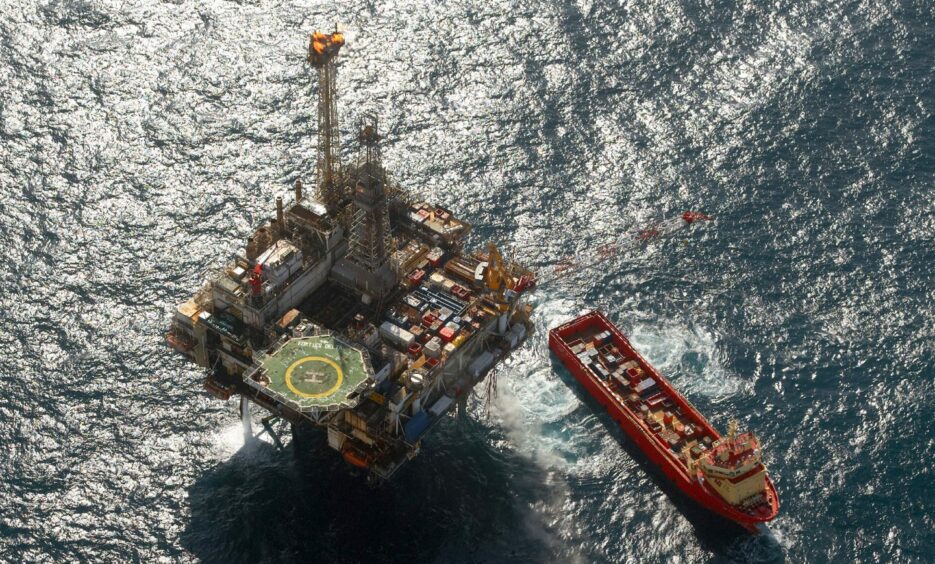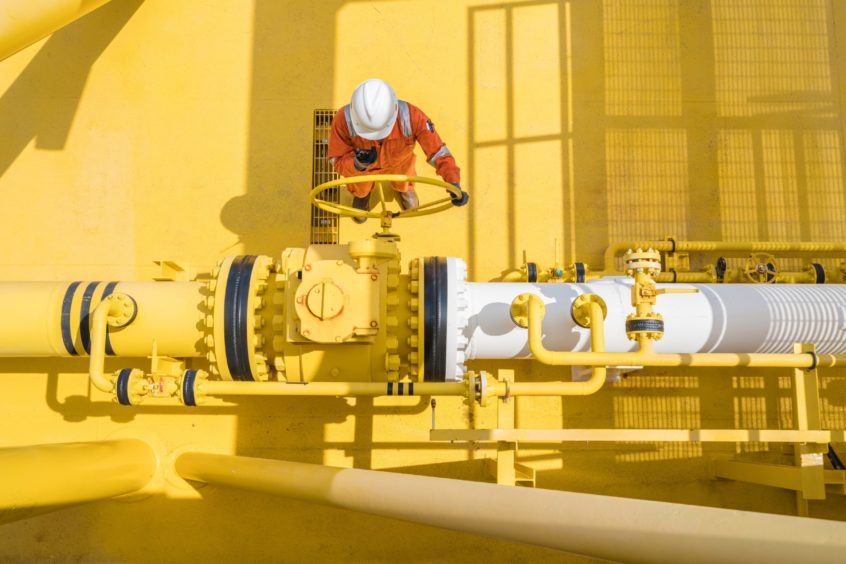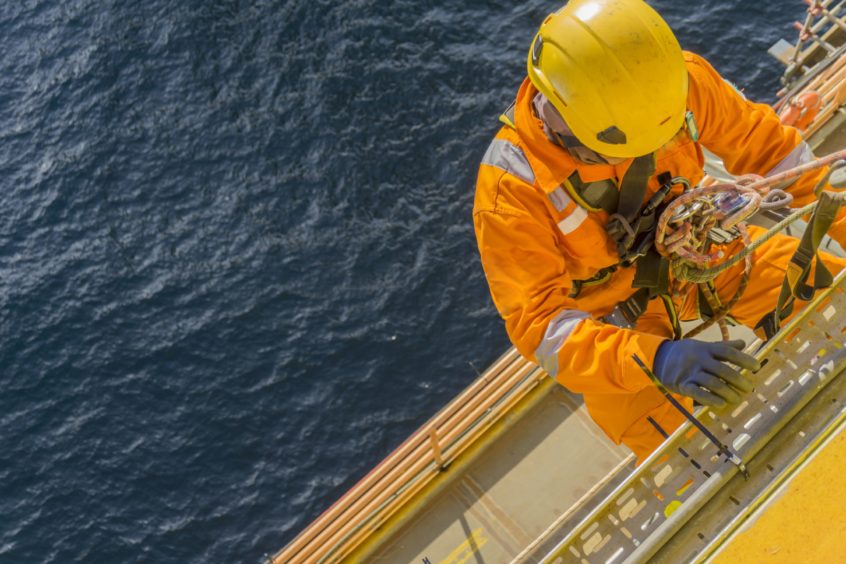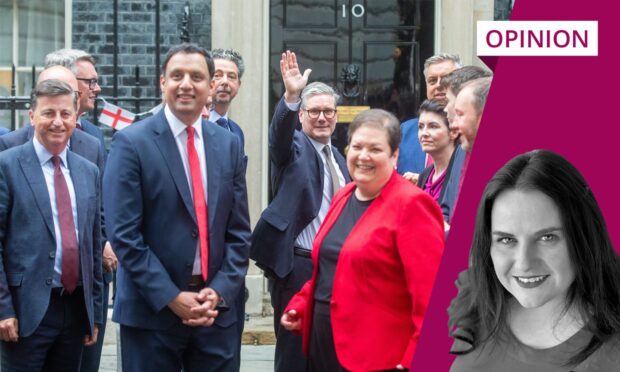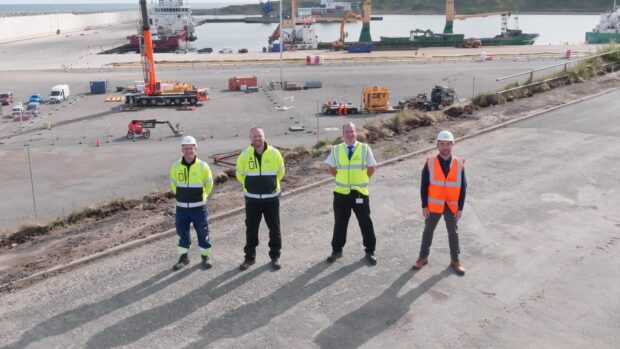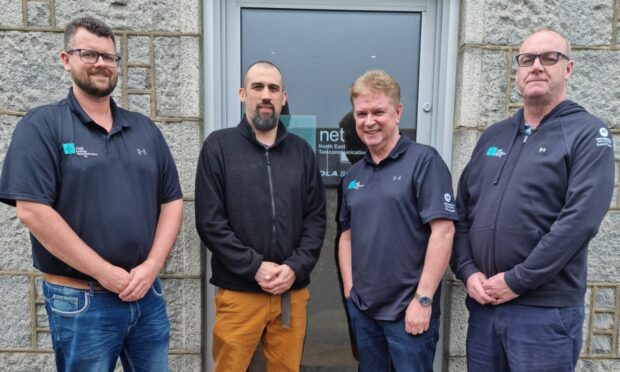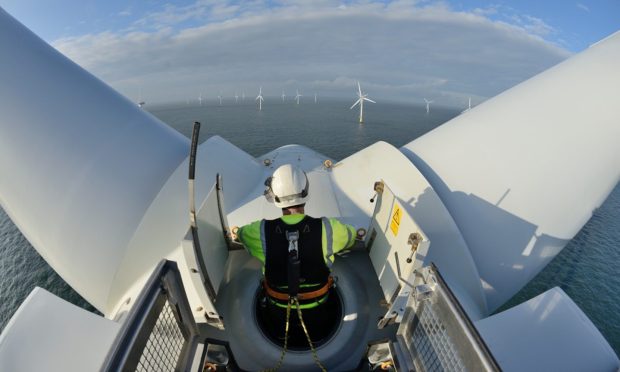How can investors – private or institutional – evaluate the changing oil and gas risk landscape? Ian Thom, of Wood Mackenzie, says it’s far from easy.
Oil and gas faces an existential crisis as global efforts to reduce carbon emissions gather strength and pace.
In this new paradigm, the definition and assessment of risk are critical.
Risks have been inherent in oil and gas investment since the first wells were drilled. But those facing the industry today are in many ways greater than ever before.
Emerging risks around carbon policy and climate litigation complicate matters.”
Around the world, policies and regulations for development, operations and financing are becoming increasingly hostile to fossil fuels. Meanwhile, renewable energy is becoming seriously competitive and scalable.
In this new paradigm, it’s critical to accurately define and measure risk.
Oil and gas have unique risks as part of a resource-producing capital-intensive industry.
‘Two sides of the same coin’
For investors, risk and return are two sides of the same coin. An asset with a stable, predictable cash flow requires a lower return.
But there are big differences in risk profile between different hydrocarbon assets. Not all oil and gas projects are the same.
There are various ways to evaluate risks, and each has a different effect on valuation.
For example, discounted cash flow valuations often use a standard reduction of 10%. For benchmarking purposes, 10% has stood the test of time in upstream oil and gas.
While discounting all assets at that rate is ideal for benchmarking, it struggles to communicate the true value of assets with very different risk profiles. And asset risk can easily become disconnected from a standard rate.
That’s where risk-adjusted discount rates – where a premium is applied to reflect additional asset risk – come in. When it comes to the valuation of risky assets, this method has real advantages.
One scenario we consider is if oil is deemed riskier than gas, which is viewed as a critical fuel for the energy transition.
Assuming gas has a safer outlook, with strong market growth and less pricing downside, oil assets could be discounted at 15%; gas at 10%.
Is the triple lock on pensions about to become a casualty of Covid-19?
Country risk-adjusted discount rates are often applied in valuation – for example, Norway is treated as lower risk than Nigeria.
However, the reality is more complex. Emerging risks around carbon policy and climate litigation complicate matters. Risks in traditionally low political risk countries are growing.
And as the energy transition progresses, fiscal and regulatory change will materially influence corporate success.
When it comes to valuing risky assets for transactions, it makes sense for the valuation to reflect specific risks, especially as scarce investment seeks out the most advantaged resources.
Where are you shopping and will the personal touch help to save our high streets?
Investors don’t expect the same return for a producing asset with a strong market position in a stable political environment as they do for an undeveloped high-carbon asset in a risky province.
Advantaged assets should command a premium and a differentiated approach to measuring risk will help to achieve that.
Ian Thom is a research director at Scottish energy consultancy Wood Mackenzie.

